How AJWS grantees are helping earthquake survivors rebuild and recover
I recently returned from a three-week trip to Nepal, which was struck by two devastating earthquakes less than six months ago. The disaster killed over 8,500 people, injured and displaced tens of thousands more, and leveled countless buildings and homes. Since the earthquake, AJWS has raised $2.5 million for Nepal. We funneled this support to grassroots organizations that were poised to respond in the hardest-hit, most vulnerable communities.
Our grantees have worked to save lives and rebuild communities despite grave challenges. With innumerable aftershocks and heavy monsoon rains thwarting attempts to rebuild, many Nepalis continued to live in a state of fear and uncertainty for months after the quakes. Monsoon season finally ended this September, enabling rebuilding to begin; but the efforts have been challenged by massive fuel shortages related to political conflict over Nepal’s new constitution.
The goal of my trip to Nepal—my second since the earthquake—was to assess the progress our grantees and the Nepalis they are assisting have made, with AJWS’s support. What I saw made me profoundly sad for what the people in Nepal have suffered; but seeing their strength and resilience also deeply inspired me. Far from being victims, Nepalis are survivors. Tek and Thuli are two such survivors; I’d like to share their story here.
Tek and Thuli’s New Home
When the first earthquake struck Nepal on April 25, 2015, Tek Bahadur Moktan and his wife, Thuli Maya, were on the second floor of their home in the rural mountain village of Lakhurey. Thuli was caring for the couple’s three-month-old grandchild at the time. Instinctually, she drew the baby into her arms and ran down the stairs and out the door. Her husband was not so lucky: Asleep in their bed when the tremors began, Tek was unable to escape before the ceiling collapsed on him, burying him in rubble.
Miraculously, Tek survived the ordeal with relatively minimal injuries. But while the disaster spared their lives, it destroyed their home. For months, Tek, Thuli, their daughter and the families of their two sons slept in a makeshift shelter built of corrugated iron and leaky tarps that let in rain, insects and other vermin.
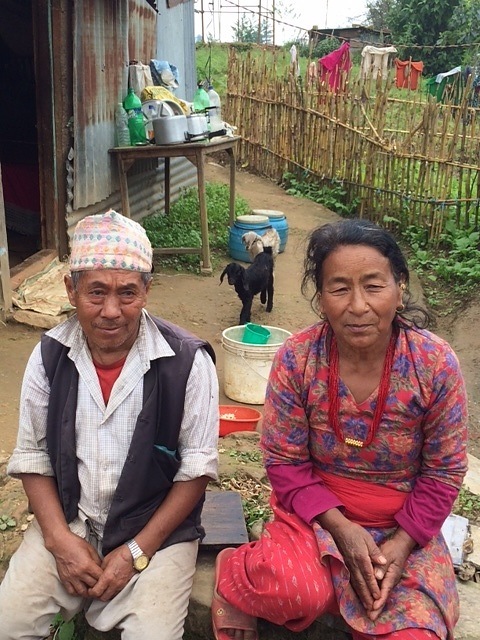
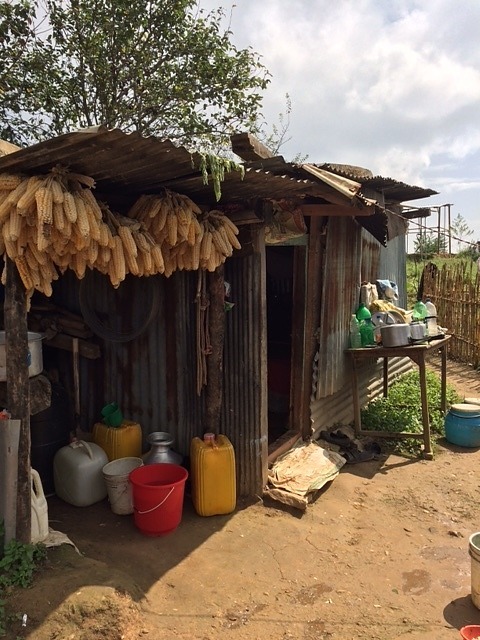
Then AJWS grantee Himalayan Climate Initiative (HCI) stepped in.
HCI is a youth-driven Nepali organization that supports initiatives and campaigns aimed at protecting Nepal’s natural resources, stopping climate change and promoting sustainable, environmentally-friendly economic development. Following the earthquakes, HCI began brainstorming ways to channel their local knowledge and social enterprise expertise into helping families whose homes had been destroyed by the disaster. They developed a plan to distribute easily-assembled earthquake-resistant housing kits, known as “Building Blocks” housing kits, to communities in need—including Tek and Thuli’s home village of Lakhurey.
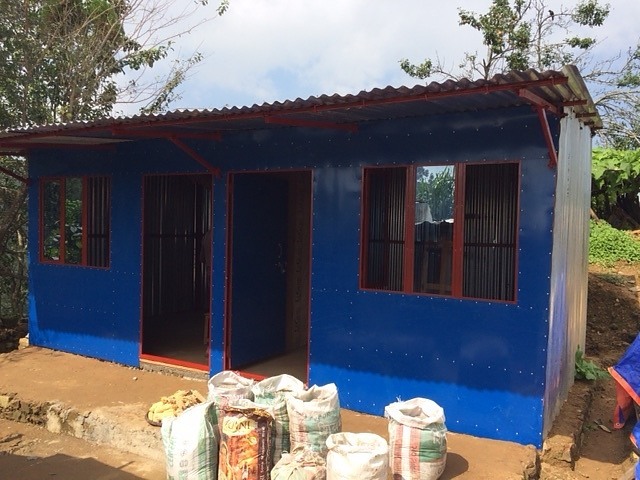
Thuli told me that with support from AJWS, HCI helped her and Tek build a safe and sturdy new “Building Blocks” home. For Thuli, the ability to move out of their rudimentary shelter came as an enormous relief. Recalling her time under the tarps, she said: “I mostly just cried.” Thanks to HCI, Thuli can now dry her tears and focus on her family’s future.
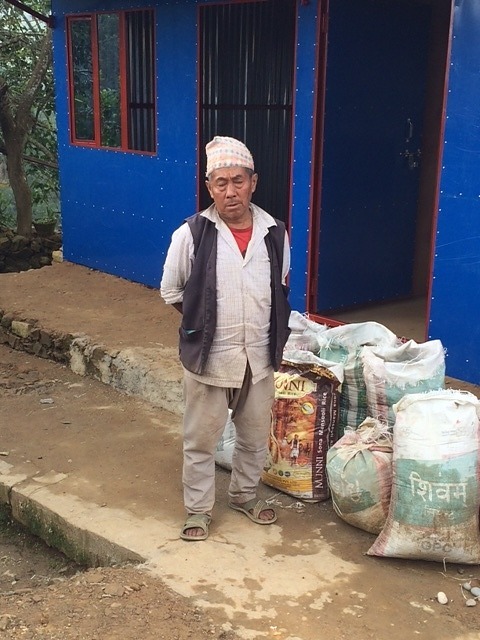
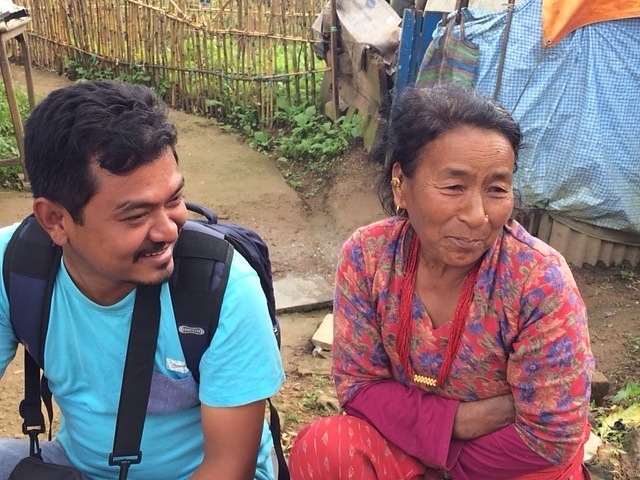
AJWS’s work in countries and communities changes over time, responding to the evolving needs of partner organizations and the people they serve. To learn where AJWS is supporting activists and social justice movements today, please see Where We Work.

